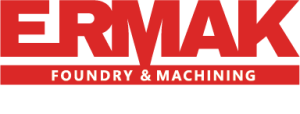The Certain Benefits of Prototype Casting
Benefits of Aluminum Prototype Casting Designers/engineers can gain tangible proof of the component’s quality, find unexpected flaws and perform testing that delivers invaluable data. Marketers can use prototypes to gain feedback from customers or investors
